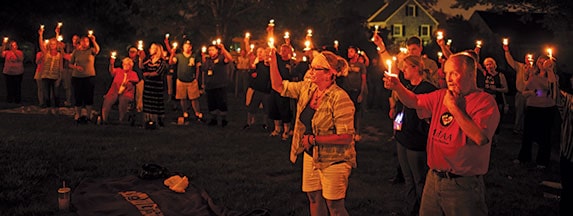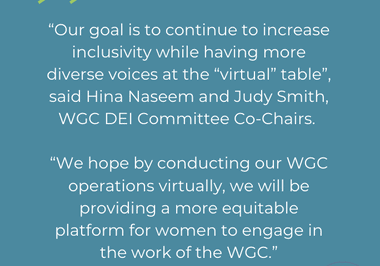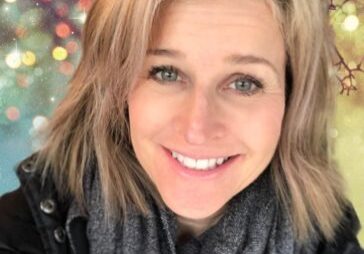Once an Urban Drug, Heroin Has Moved into the Suburbs
To protect the privacy of the sources, the names of Sally Jones and her son have been changed.
STORY BY Elizabeth Heubeck PHOTOGRAPHY BY Mary C. Gardella
Growing up in Howard County during the 1980s, Sally Jones saw her fair share of alcohol and marijuana pass through the hands of teenagers. But drugs like heroin, she recalls, were unthinkable among her middle-class, suburban teenage peers. When Jones had children of her own, she raised 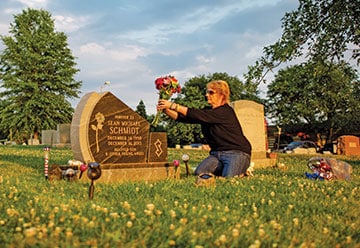
From the start, Jones’ son Jake was the most spirited – and strong-willed – of her children. It was because of Jake’s genuinely loving and charismatic nature, says Jones, that she was able to cope with his rambunctiousness, his love of danger and his seeming desire to live “on the edge.” By the time Jake was a senior in high school, however, Jones felt she was losing her ability to manage his strong-willed nature. He went to live with his father, from whom Jones was divorced. But mother and son remained close. Every night, regardless of where Jake was, he texted her: XOXO.
Throughout her son’s late teens and early 20s, Jones clung to the hope that seemed implicit in that nightly message, even in her lowest moments. She held onto hope when she learned of Jake’s addiction to heroin and of the overdose that befell one of his close friends. She stayed hopeful while she coped with her son’s multiple failed attempts at recovery and even when he was slapped with significant jail time for stealing to pay for his habit.
Jake’s story is not an anomaly. Nationwide, heroin use is on the rise. And the profile of today’s users looks markedly different than an earlier stereotype – that of an aging, down-and-out inner-city resident shooting up in back alleys. In the past decade, heroin use has more than doubled among young adults ages 18 to 25, especially white males, according to the Centers for Disease Control and Prevention (CDC). This demographic shift mirrors changes in who is dying from heroin. In 2000, the highest number of heroin-related deaths involved black adults aged 45 to 64. Fast forward to 2013, and white adults aged 18 to 44 accounted for the highest rate of heroin-related deaths, as reported by the CDC.
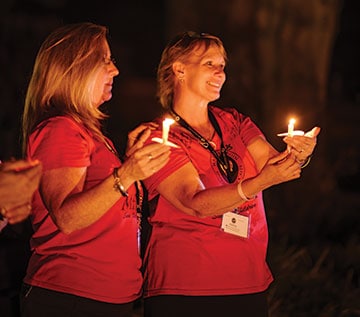
Initiatives on various fronts – from grassroots organizations’ support groups and awareness campaigns to initiatives by the local health department, corrections departments, and the statewide hospital association to prevent and treat addiction – are taking aim at the growing problem of heroin use among Howard County residents. It is too early to tell how well these efforts are working when it comes to preventing further residents from succumbing to the drug’s allure. But for those already ensnared in heroin’s grip, the challenge of accessing effective treatment remains a major obstacle to recovery.
STARTING WITH PRESCRIPTION PAIN PILLS
For many of today’s heroin addicts, the road to addiction starts with seemingly innocent behavior. A quick trip to the family medicine cabinet and many score their first high with prescription opioids – legally prescribed for pain management to a family member – perhaps after an injury or surgery – and lingering unsuspectedly in a shelf next to the toothpaste and nail clippers.
Just how common is the path from pain pills to heroin? Four in five of today’s new heroin users start out misusing prescription painkillers, according to the American Society of Addiction Medicine. In a 2014 survey of people in treatment for opioid addiction, 94 percent of respondents reported turning to heroin because prescription opioids were more expensive and more difficult to access than heroin.
Such was the case with Jones’ son. “He started in high school with a little drinking, maybe a little pot. One thing led to another,” recounts his mother. “He began snorting OxyContin pills. And, as the story goes, that became way too expensive.” So Jake, like so many other opioid addicts, turned to heroin.
Eventually, more prudent prescribing patterns of pain management pills should curb the broadening problem of addiction in Howard County. But in the meantime, addicts must contend with the incredible pull of this dependence – coupled with the scarcity of easily accessible, effective treatment centers.
HARD TO GET HELP
As local addicts and families know all too well, it often takes much longer to get adequately treated for heroin than it takes to get hooked in the first place. While experts such as Howard County Health Officer Dr. Maura Rossman recognize that there are many facets of heroin addiction to contend with, she is firm about the aspect she believes is most urgent. “Making treatment more accessible and less stigmatized,” she responds when asked what single priority she would attack on this 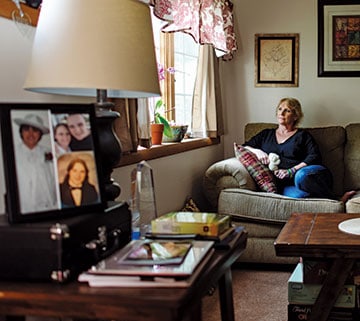
Paying for treatment presents another hurdle. Many private health insurers don’t cover the cost of inpatient treatment. At the same time, not all treatment centers accept out-of-pocket payments. For those that do, the cost can be staggering to families. “We have people here in Howard County who have spent easily $250,000 on treatment out of pocket for a family member. That is not uncommon,” says Joan Webb Scornaienchi, executive director of HC DrugFree, a local nonprofit aimed at awareness and prevention of opioid addiction.
Jones spent more than one frantic episode trying to find a treatment center with availability that would accept cash payment for her son, who did not have health insurance. Jones paid heavily for her son’s multiple two-week stays at inpatient recovery programs. After each of these short stints, he relapsed. Apparently, that is not an uncommon scenario. “With this disease, it seems to take multiple attempts at treatment for folks to be successful,” Rossman says, adding, “I think it speaks to the powerfulness of this addiction and its cravings.”
While most experts agree that long-term inpatient treatment offers the best chance for recovery, cost and accessibility issues can be prohibitive. Many addicts who overdose land at the emergency departments of their local hospitals. Between 2013 and 2014 (the most recent years for which statistics are available), Howard County health facilities saw a 15 percent jump in patient admissions related to heroin use, according to the Maryland Hospital Association (MHA). Once these patients are stabilized in the emergency department, they are released. When asked if these patients typically are counseled or referred to drug treatment programs, a spokesman for the MHA said he was not aware of any such protocol.
To date, short-term solutions to heroin addiction or, more precisely, heroin overdose, appear to be the most widely known and disseminated forms of support. Consider opioid overdose response programs, which consist of the training and distribution of naloxone, a prescription medicine that reverses an opioid overdose when given in a timely manner. The Howard County Health Department recently began offering free training to anyone interested in becoming certified to administer the drug to someone – typically a friend or family member – whom they witness having an opioid overdose.
Someone trained to inject a heroin user with naloxone is armed with the power to prolong that person’s life – until the next time she or he uses. But without effective treatment, heroin is a difficult if not impossible habit to kick.
AWARENESS AND PREVENTION
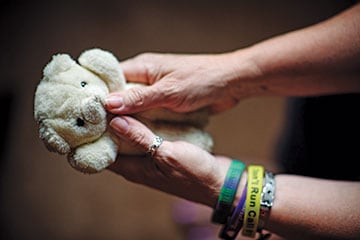
“We try to get into middle schools. That’s when we need to talk about it,” says Beth Schmidt, co-founder of Maryland Heroin Awareness Advocates, an alliance and advocacy group formed by family members of heroin users active in 24 Maryland counties, including Howard County. “By the time you notice all the signs, sometimes it’s too late,” she adds. The message is personal for Schmidt who, despite her best efforts, was unable to save her own son from the heroin addiction that took his life as a young adult.
“I tell parents, ‘Please don’t ever think your child won’t do drugs,’” Schmidt says.
On a similar note, HC DrugFree’s Scornaienchi reflects on the child-parent connection that she believes can help save lives. “The most painful part of this job is listening to a young person in recovery tell me, ‘I know I have to accept responsibility, but to be honest, I’m taking responsibility for decisions I made as a 12- or 13-year-old,’” she says, adding, “When the adults don’t step up, that is crushing to hear.”
Throughout her son’s addiction Sally Jones never gave up on him, though she eventually came to realize that she couldn’t force him to embrace recovery. It would only work when he was ready to get help – not when she tried to push him into it. While the road to that realization was long and painful, the nightly texts Jones and her son exchanged helped buoy her. “I knew he was alive. And I knew he knew that I loved him,” she says.
Eventually, Jones truly had no choice but to let go. She could no longer track his whereabouts, as he faced a year in jail for illegal activities that fed his growing heroin habit. But he was given a choice. He could do the jail time, or he could enroll in a federally funded long-term inpatient treatment program. After giving it some thought, Jake chose the latter option.
Jake Jones made a good choice. At the time of the interview with his mother for this article, Jake – now in his mid-twenties, had been clean for four years. Since his recovery he’s gotten married, secured a stable sales job and become a homeowner and father.
If someone were to look only at this latest chapter in Jake’s life, it would seem completely typical of a young adult raised in middle class suburbia. Unfortunately, the previous chapter of his life is becoming not so atypical, either.
“Definitely, absolutely, I would have told you [before Jake’s addiction] that my child would never touch heroin,” Jones says. *
OVERDOSE DEATHS
In 2015, the Howard County Department of Fire and Rescue Services (HCDFRS) responded to 230 cases specifically identified by the medics as possible heroin overdoses, including 12 cardiac arrests, 10 pronounced dead in the field.
For the first half of 2016 (through June 30), HCDFRS responded to 171 cases specifically identified as possible heroin overdoses, including 11 cardiac arrests (nearly as many as all of 2015), 6 pronounced dead in the field.
Deaths from overdose in recent years: 2013: 29 deaths 2014: 21 deaths 2015: 26 deaths First quarter of 2016: 10 deaths
Sources: Howard County Department of Health and the Howard County Department of Fire and Rescue Services (HCDFRS).
RESOURCES
- Maryland Heroin Awareness Advocates mdheroinawareness.wix.com/maryland [email protected]
- HC Drug Free hcdrugfree.org 443-325-0040
- Howard County Health Department’s Opioid Overdose Response Program 410-313-6202

